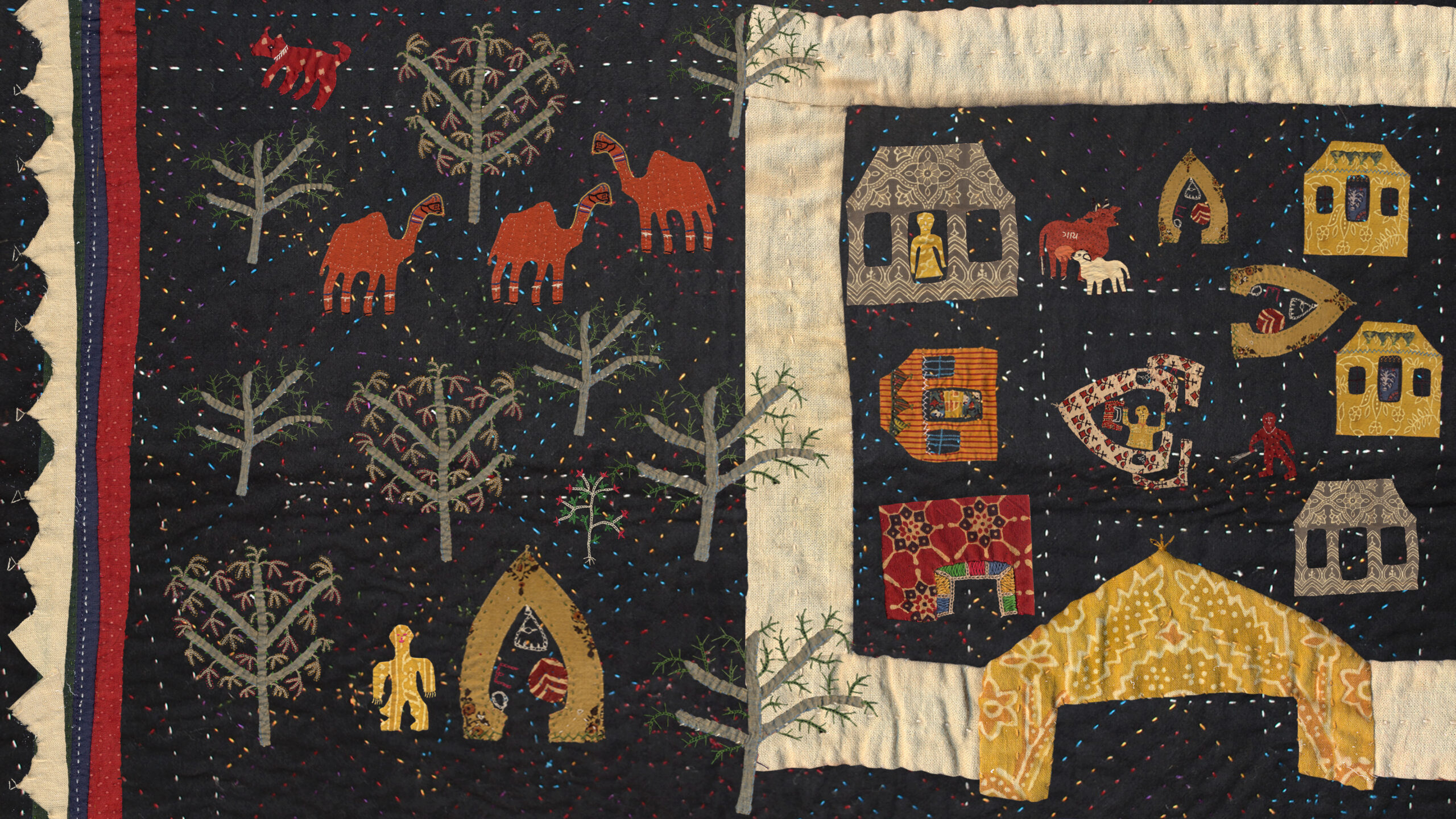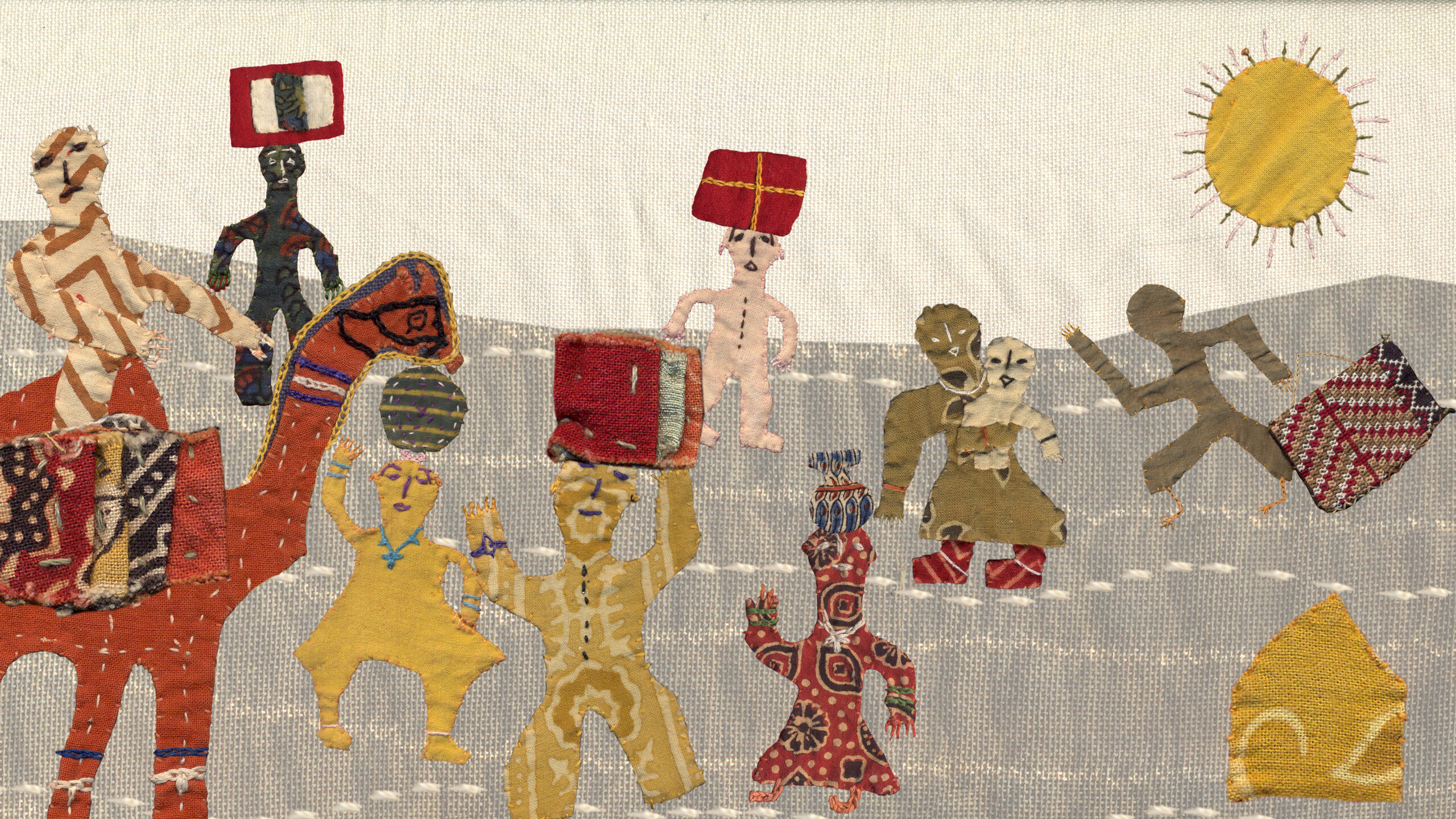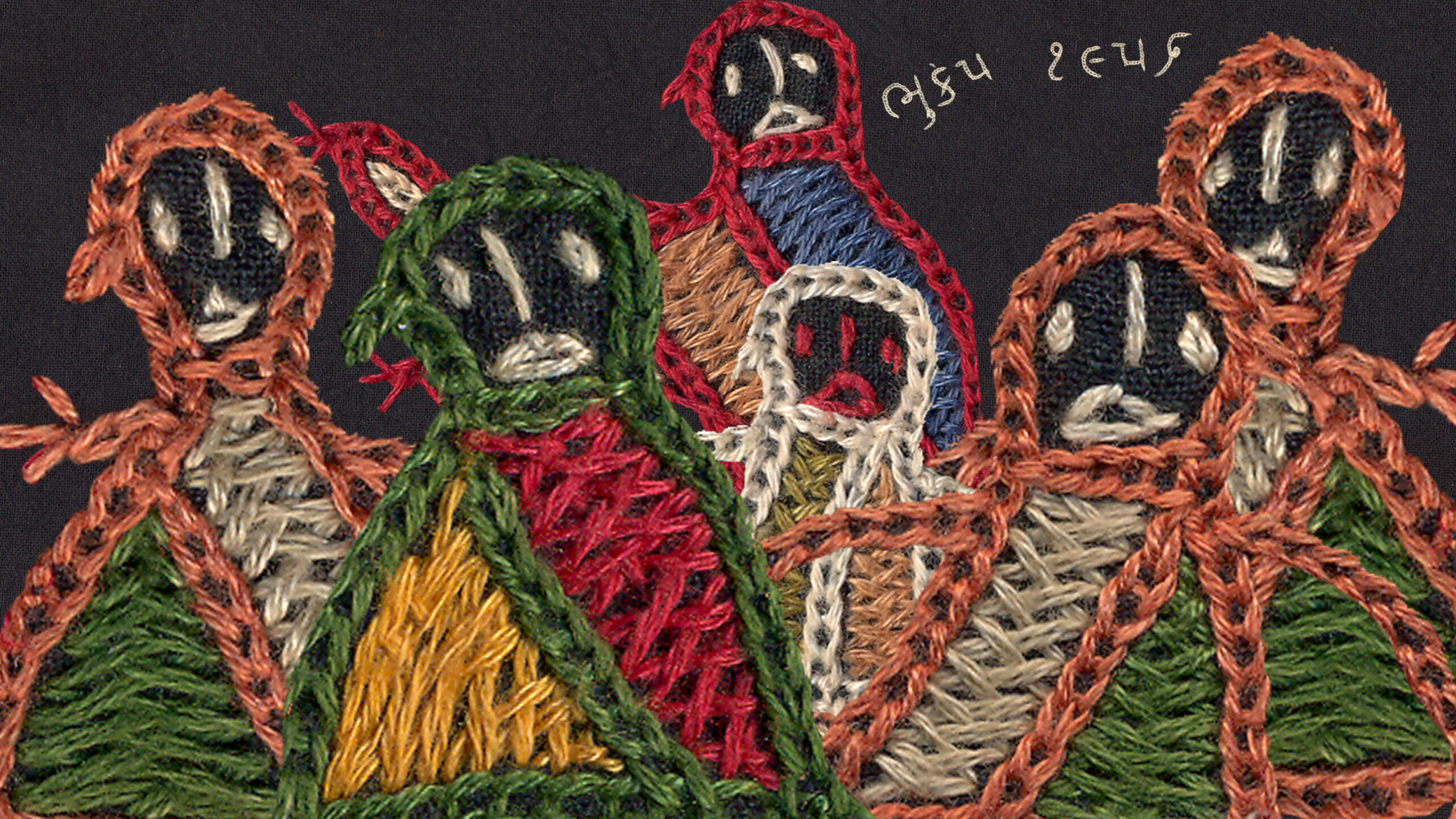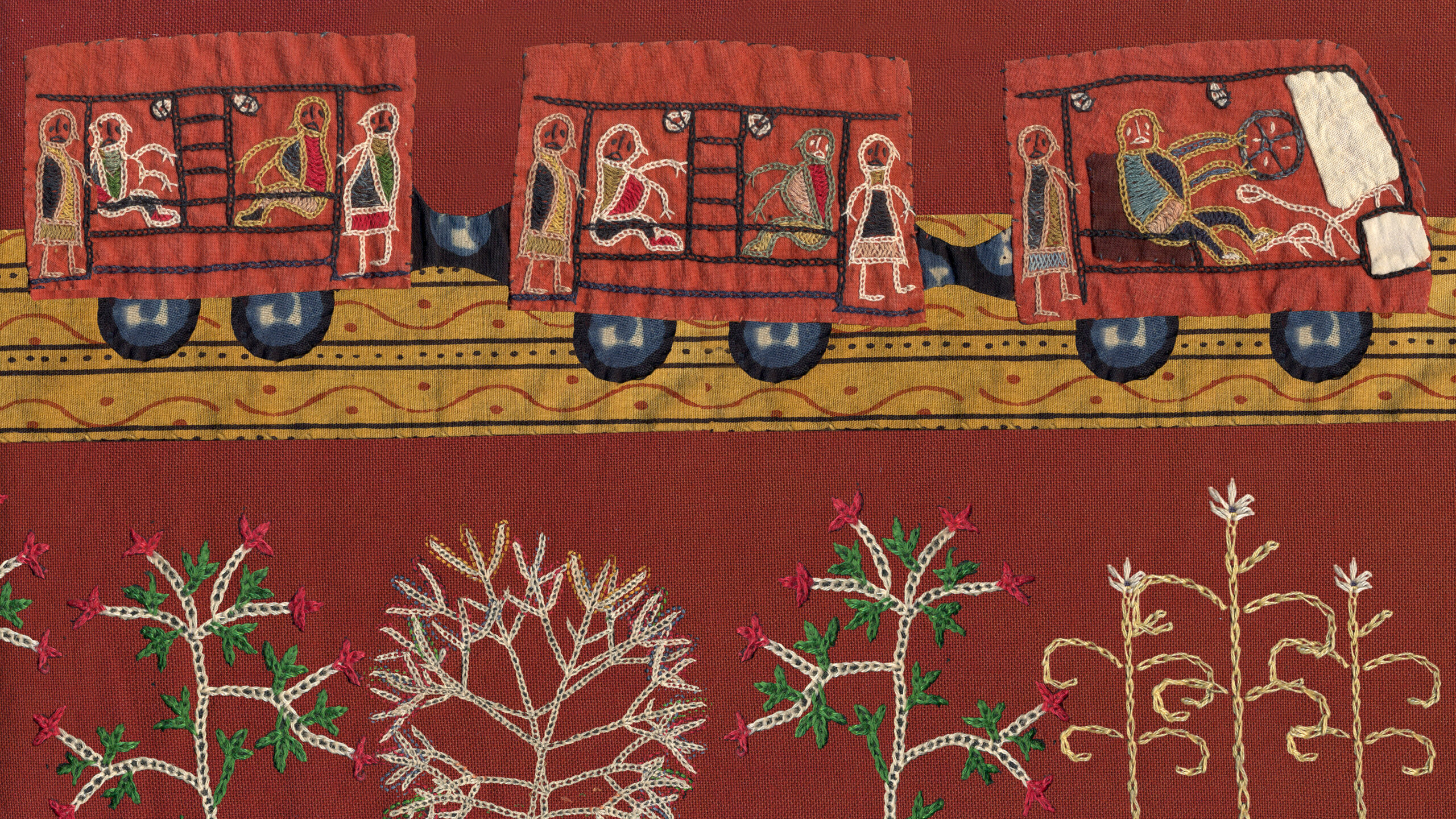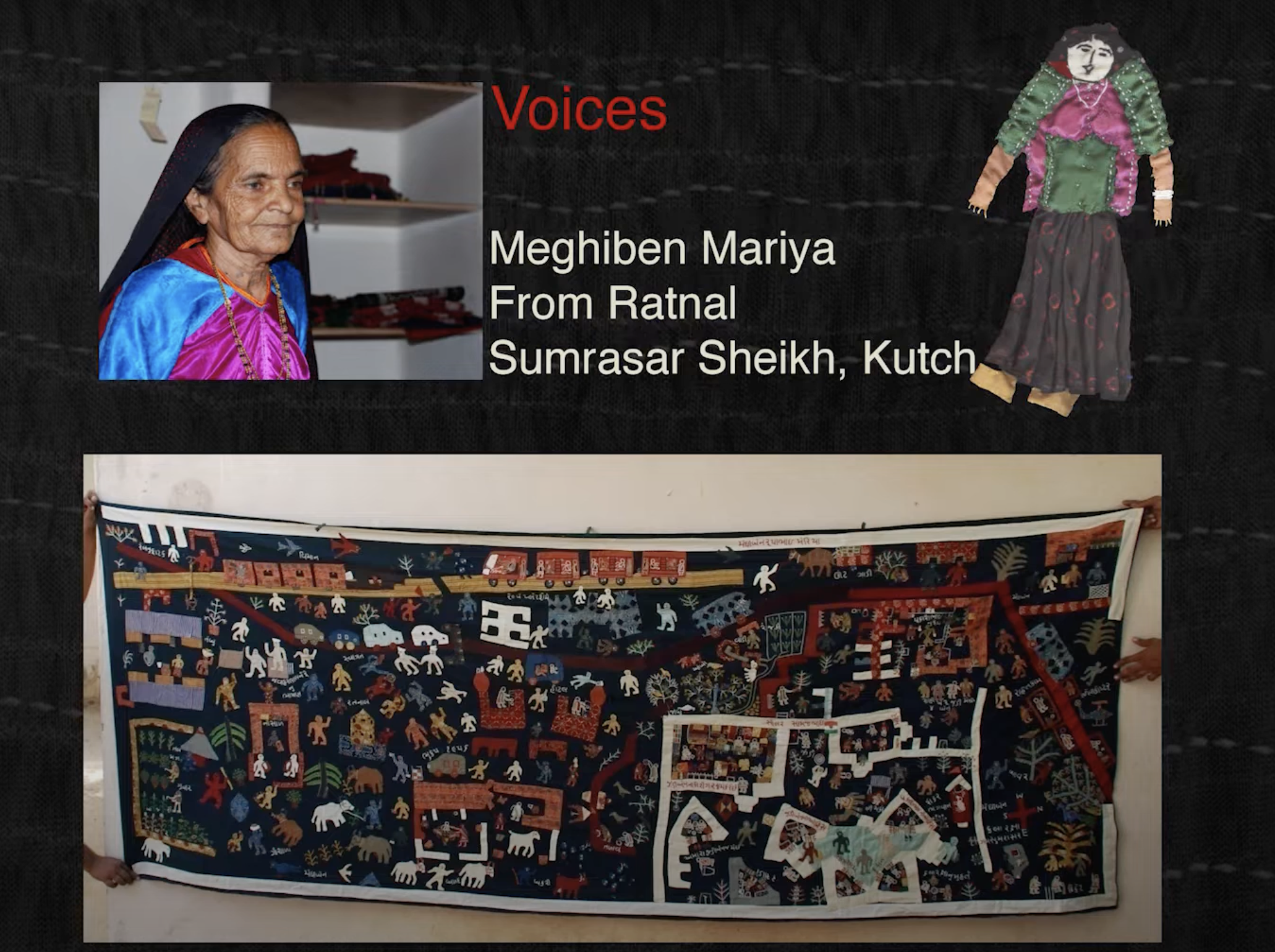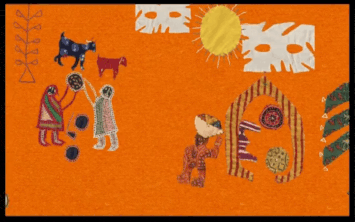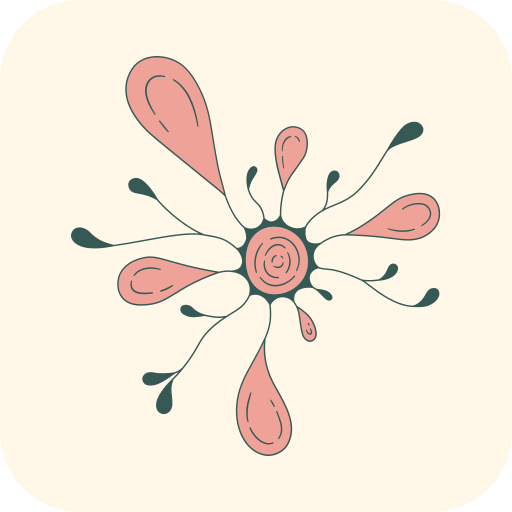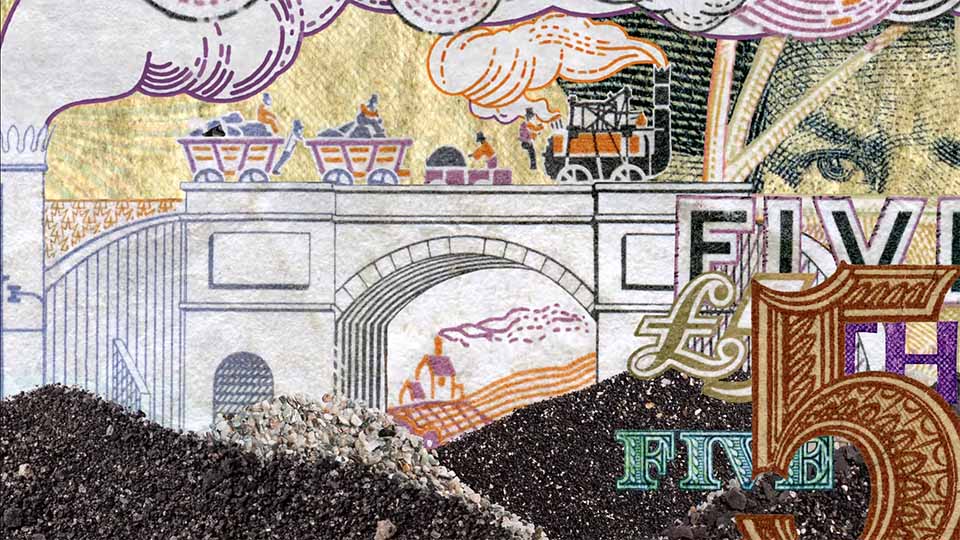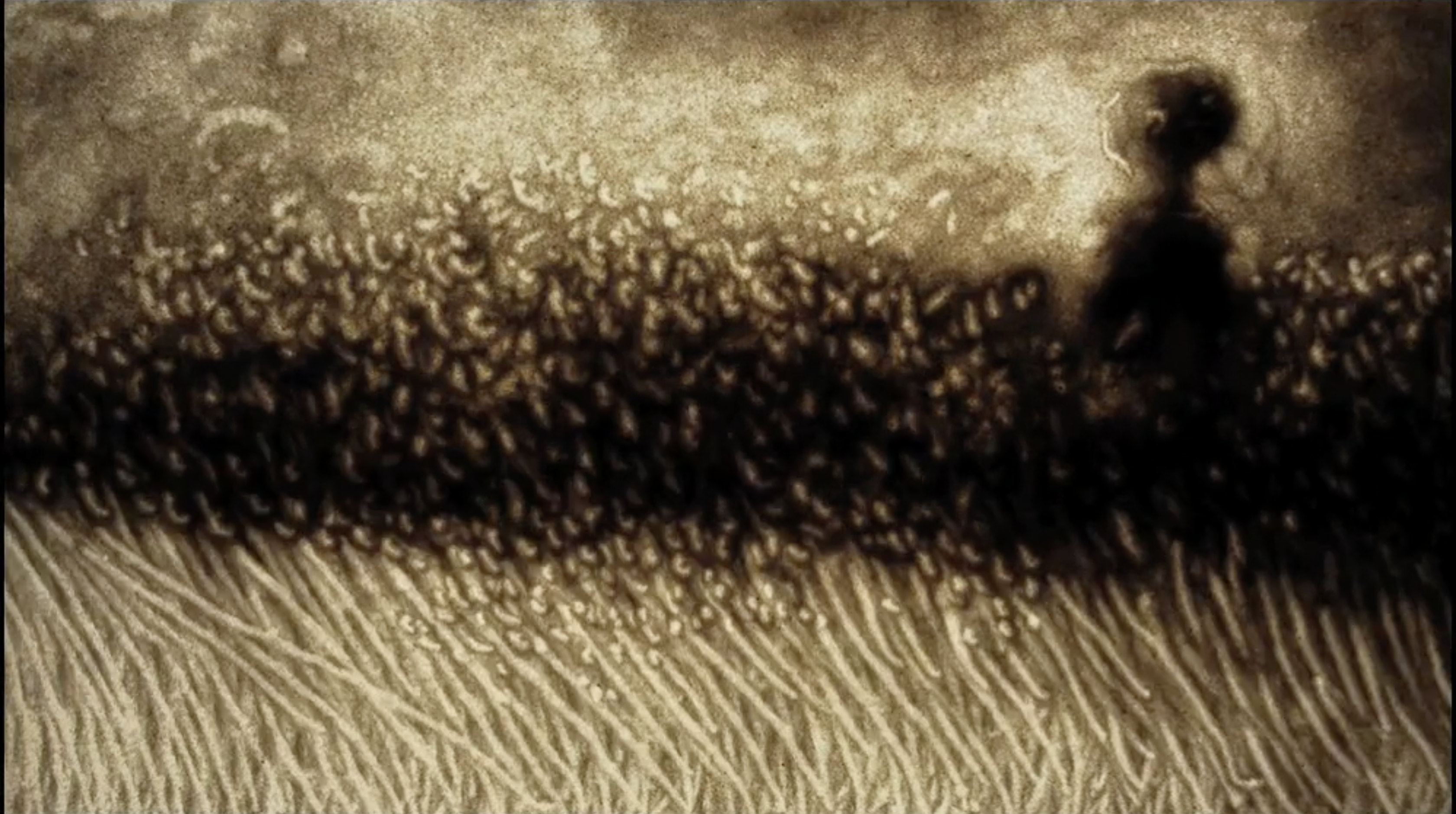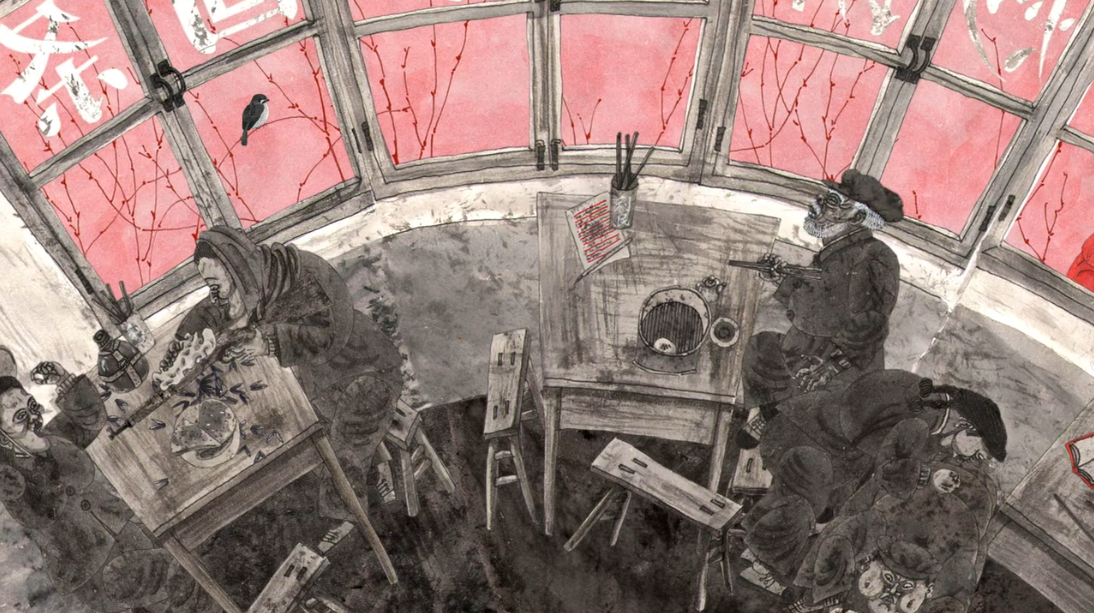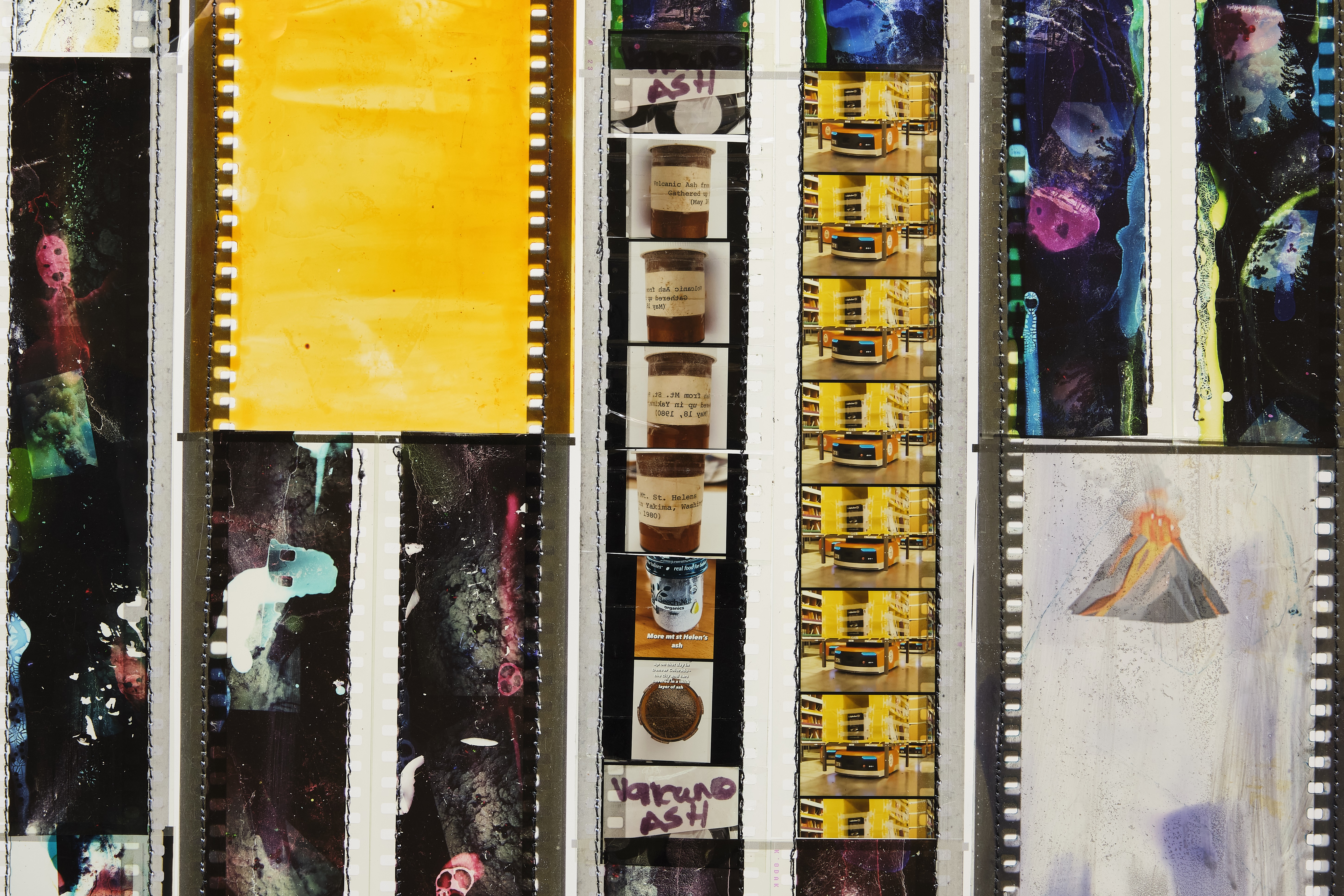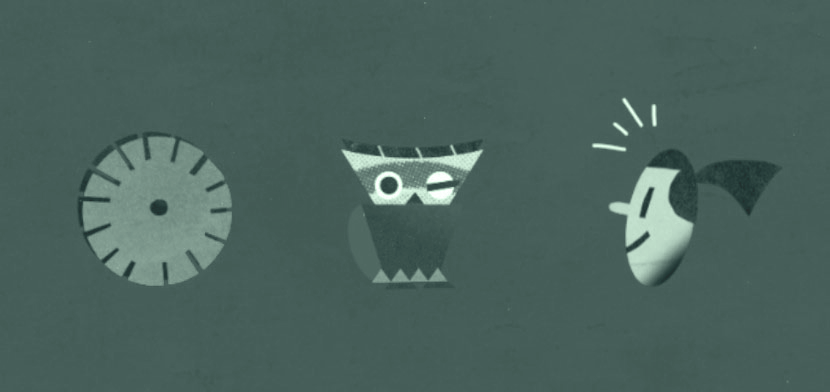Notes on the film
Tanko Bole Chhe (The Stitches Speak) is an animated documentary portraying the lives and experiences of a community of Kutch artisans in the Indian province of Gujarat. Oral testimonies of political and social hardship are interwoven with reflections on finding creative and personal fulfillment through craft. Participants recount the origin of the Kala Raksha artisan centre, as well as their experimentation with representational elements that are not traditional to Kutch embroidery. The film’s animated figures and motifs, which are based on the artisans’ embroidered panels, convey the capacity of textile craft to preserve and activate personal and cultural histories.
Filmmaker Nina Sabnani adapts Kutch appliqué – the technique of sewing fabric cutouts onto a larger background canvas – into a style of digital cutout animation. Figures and backgrounds from embroidered tapestries are digitally incorporated into animated scenes that accompany the voices of interviewed participants. As participants share memories of wartime displacement and earthquake disaster, sliding fabric edges and stitches mark movement across geographical space, migration across national borders, and the passage of time. Character bodies are animated by stretching and warping the digital cutouts like tensile fabric, and the compositions shift or rotate like multidirectional arrangements of many Kutch designs. The evidence of handicraft is never lost: the delicate puckering of fabric, the visible surface tension of stitches, and the layering of panels to create a sense of depth on an otherwise flat surface. Ajrakh block-printing, native to the region, also weaves its way throughout the fabrics.
the closing credits show the narrative embroidery panels that informed the film, as well as accredits all included speakers and embroidery artisans
The film’s production process was based on fieldwork and participatory collaboration. Filmmaker Nina Sabnani describes this as “creating the film together” and distributing authorial voice to the collective. The participants not only voiced their experiences, but also stitched their own self-portraits, shaping their narrative representation through embroidery. Sabnani’s approach to working with her participants mirrors the film’s story of a visiting anthropologist, who shifted her role as an outsider to become a collaborator and founding member of Kala Raksha.
using digitally layered and manipulated cutouts to animate passage of space and time
“Threads and Fibres: Animated Textiles”
This film was included in this curatorial essay published in the OIAF 2024 festival book, written by Dr. Alla Gadassik.
Read EssayMore on Kutch embroidery
To learn more about the traditional art of Kutch embroidery, explore the Kala Raksha Trust, which includes an online link to their museum.
Visit Kala Raksha TrustInterview with Nina Sabnani
In this in-depth conversation on art as ethnographic practice, director Nina Sabnani reflects on her creative journey, the making of Tanko Bole Chhe, and the collaborative process behind her animated documentaries.
Watch Mumbai Local with Nina Sabnani : Art As Ethnographic Practice